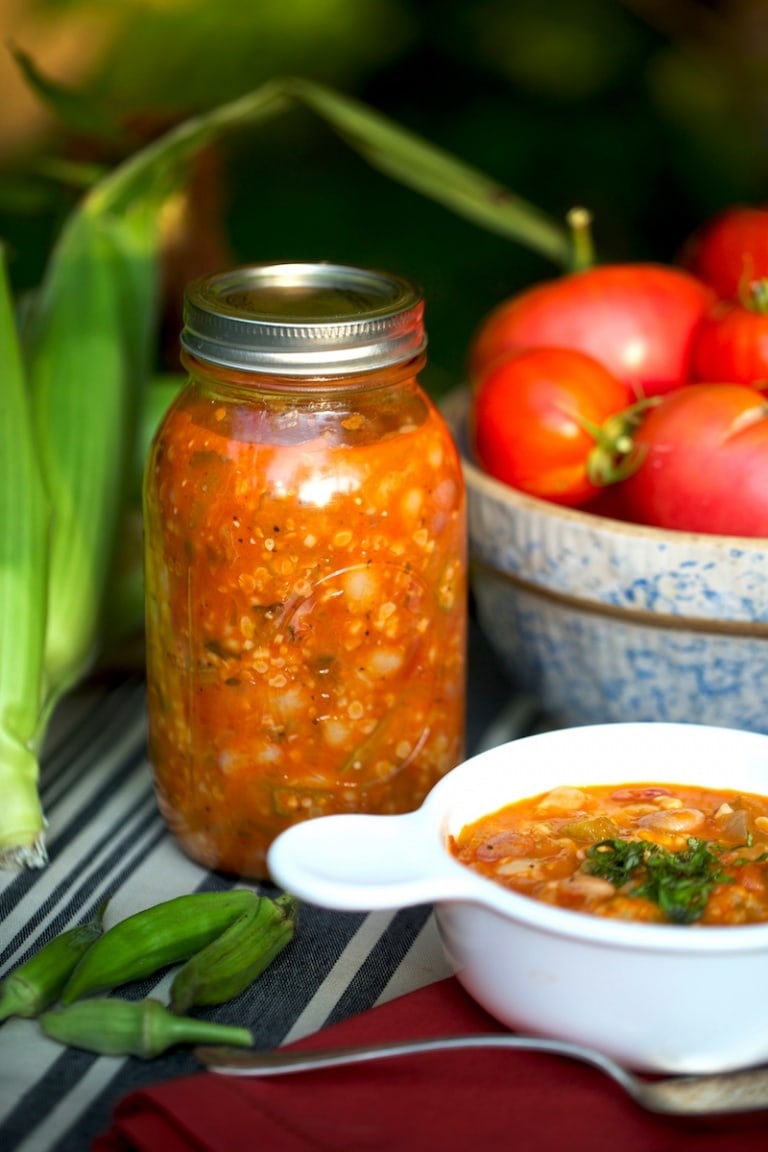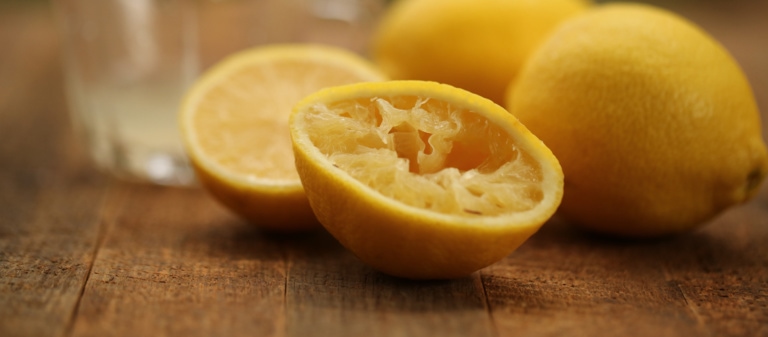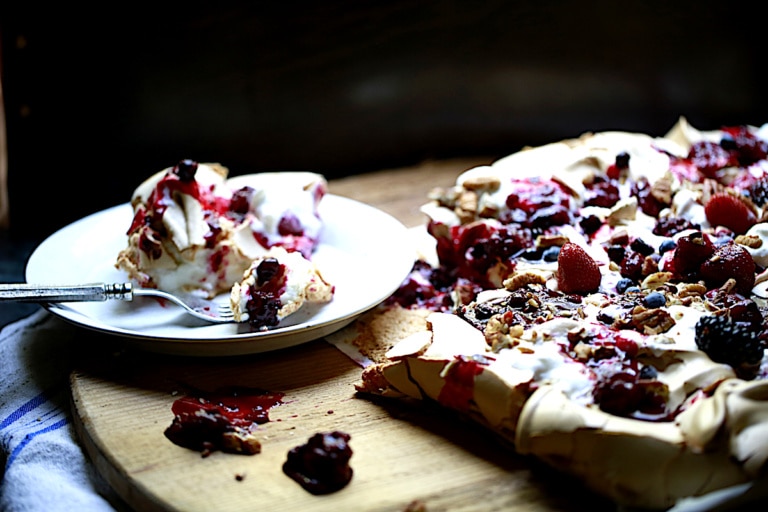Rolling Pins: Which Kinds Are Best?
Rolling pins have been must-have equipment in kitchens ever since people started baking with flour. Back in ancient Greece and Rome, a heavy pin served several purposes. In addition to rolling out pastry or pie dough, cooks would use one to crush grains and spices. But we don’t have to go that far back to appreciate how useful this tool is.

Here in the South, where biscuits and pies are our specialty, a good rolling pin is essential. I can still remember my Granny Gray rolling out homemade pie crust and incredible southern buttermilk biscuits from scratch. I inherited her rolling pins and still use them to this day! To my mind this tool is right on par with a cast-iron skillet.
So which kind of pin is best? These days, you have a wide variety of options to choose from. (And no, I’m not counting an empty wine bottle, though I reckon it would do in a pinch!) Rolling pins vary by type, style, and size. I’ll step you through the three basic kinds and their pros and cons.
What are the 3 main kinds of pins?
Rolling pins come in various materials and types, each with its own set of advantages and disadvantages. Wood, marble, and ceramic are the most common materials. Stainless steel, glass, silicone, and nylon varieties are available, too.
Wooden Rolling Pins
Pros: classic, versatile, durable, long lasting
Cons: not non-stick; hard to disinfect; need maintenance
Stacy Lyn’s Pick:
Classic Wooden Rolling Pin (Amazon)
A high-quality wood rolling pin is a treasure: they are aesthetically pleasing and last just about forever. Like I said, I’m still rolling out dough with my grandmother’s pin! It is suitable for all types of dough.
If you are buying one new, maple wood is an excellent choice. Either maple or walnut will give you an optimal weight and glide. Cherry wood is also a good option and will look beautiful on your counter.
However, wood has its limitations. Wooden pins are not dishwasher safe and, like wooden cutting boards, they can be hard to disinfect. You also will need to season them with oil occasionally to create a waterproof seal and prevent the wood from drying out.
Marble Rolling Pins
Pros: sturdy, stick resistant, stay cool, dishwasher safe
Cons: bulky and heavy
Stacy Lyn’s Pick:
Marble Rolling Pin (Amazon)
The sturdiness of marble makes it ideal for rolling tough doughs like pasta. It also stays cool longer than wood. That cold temperature is a big plus for pastry and pie doughs: it reduces sticking and prevents high-fat-content doughs from melting.
Additionally, marble is easy to clean. Many models are even dishwasher safe. On the other hand, their bulky size makes these pins awkward to store, and their heft makes them tiring to use for extended periods.
Ceramic Rolling Pins
Pros: lightweight, stay cool, easy to clean
Cons: fragile, too light for some jobs
Ceramic pins are also effective for pastry dough because they stay cool. Also like marble, they are easy to clean. Additionally, they are light and easy to handle, as well as easy to clean. That lightness has a downside, though: ceramic pins are more fragile and prone to breakage than marble, and they may not be as helpful for tough doughs.
Tips for Use and Care
To keep pastry dough cold: Marble or ceramic rolling pins are best for this purpose, as these materials help maintain a cooler temperature. I like marble for its sturdiness. Whatever type of pin you use, you can refrigerate it ahead of time to keep it cold longer.
To prevent dough from sticking: Wooden, marble, or ceramic pins can all be effective, depending on the dough. Flouring a wood pin works fine to create a nonstick surface for pasta dough, while cool marble or ceramic pins are better for doughs with a lot of butter. With any dough that has a high fat content, you’ll want to roll it out quickly and handle it minimally.

To clean and maintain your pin: Rolling pins can be wiped down with hot water and disinfecting soap. However, wooden pins should not be soaked. In fact, some people prefer not to use soap and water on them at all. As an alternative, you can mix white vinegar and water in a spray bottle, spray it on the pin, let the vinegar sit for ten minutes, and then rinse it off. Be sure to let the wood air dry completely so that it doesn’t become rancid.
To season and maintain your wood rolling pin: Use a cloth to rub the rolling pin with food-grade mineral oil.
What’s Your Style?
Style-wise, rolling pins have two general areas of difference: how you hold them and how they are shaped. Some pins are made specifically for certain tasks, such as making ravioli pasta or pressing out cookie shapes. Additionally, all-purpose rolling pins come in different styles, including traditional straight dowel and French-style tapered dowel. Some have handles, while others are a handle-less barrel. So the best style may depend on the baking task as well as your personal preference.
Heavy or light? Short or long?
The heft and length of a rolling pin affects its performance. Heavier pins are helpful for hardier doughs, while lighter ones are better for delicate pastries. Smaller pins offer more precision, while longer ones get the job done with large amounts of dough.
Should you get a regular rolling pin or a French rolling pin?
Handle-less pins are often called French pins or dowel pins, and many professional chefs prefer them. You can find them with straight or tapered dowels.
Handles can give you leverage, though they also may flex under pressure and make it hard to roll the dough to an even thickness.
Stacy Lyn’s Pick:
Wooden Tapered French Rolling Pin (Amazon)
Are French-style pins better? Well, many bakers say they are ideal for pastry and other delicate doughs because they can help you roll the dough to an even, precise thickness.
Moving or unmoving handles?
Supposed you want a pin with handles. Well, the handles of a rolling pin may move with or separately from the pin. So which is better?
Personally, I like unmoving handles because I find it easier to brace my hands on them when they aren’t rolling separately. However, my daughter Milly likes moving handles. (If you’ve followed my blog, you know she’s a prodigious baker!) She says the moving handles help keep her knuckles out of the dough.

In other words, there’s no right or wrong here. Different pins work great for different uses, and the important thing is to find one or more that work well for you. I hope this post has made the choice easier. Happy baking!
*This post contains Amazon affiliate links. As an Amazon Associate I earn from qualifying purchases.






